JOURNALIST
WILFRED BURCHETT
A GREAT FRIEND OF VIETNAM
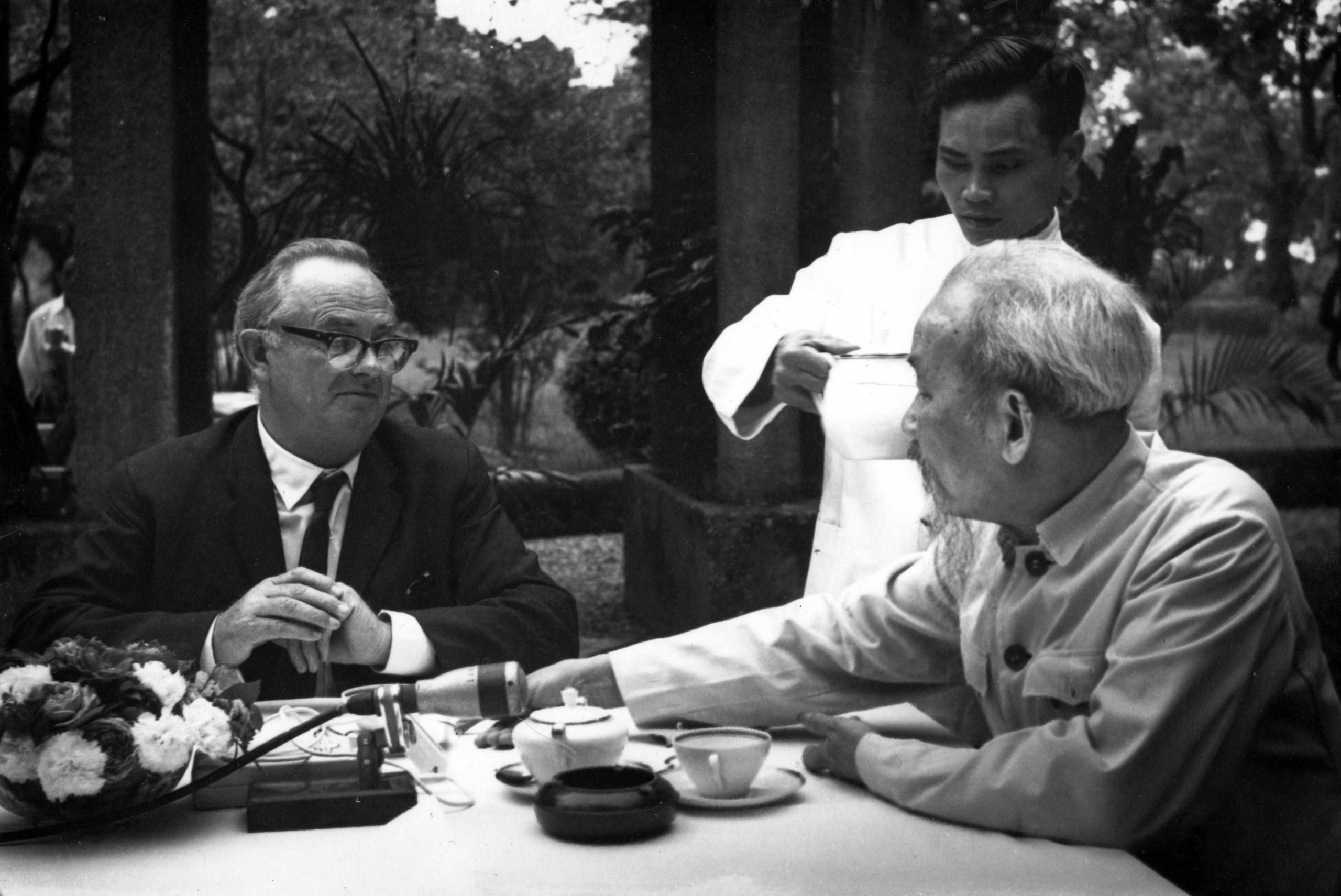
Australian journalist Wilfred Burchett made many contributions to awakening Western public opinion to support Vietnam’s fight for national independence and reunification. On the occasion of the 110th birthday of the world-famous journalist (September 16, 1911-2021), a great friend of the Vietnamese people, Nhan Dan (People) Newspaper would like to introduce to readers an article by Nguyen Van Vinh.
Burchett once said that when he met President Ho Chi Minh, he understood more about the Vietnamese people. For him, Ho Chi Minh is the greatest person he has ever met, with all the modesty and simplicity that goes with greatness and capacity to use simple images to explain complicated situation.
The profound feelings of the late journalist Wilfred Burchett towards President Ho Chi Minh helped him overcome many difficulties and accompanied the revolutionary cause of the Vietnamese people for nearly 30 years in the 20th century.
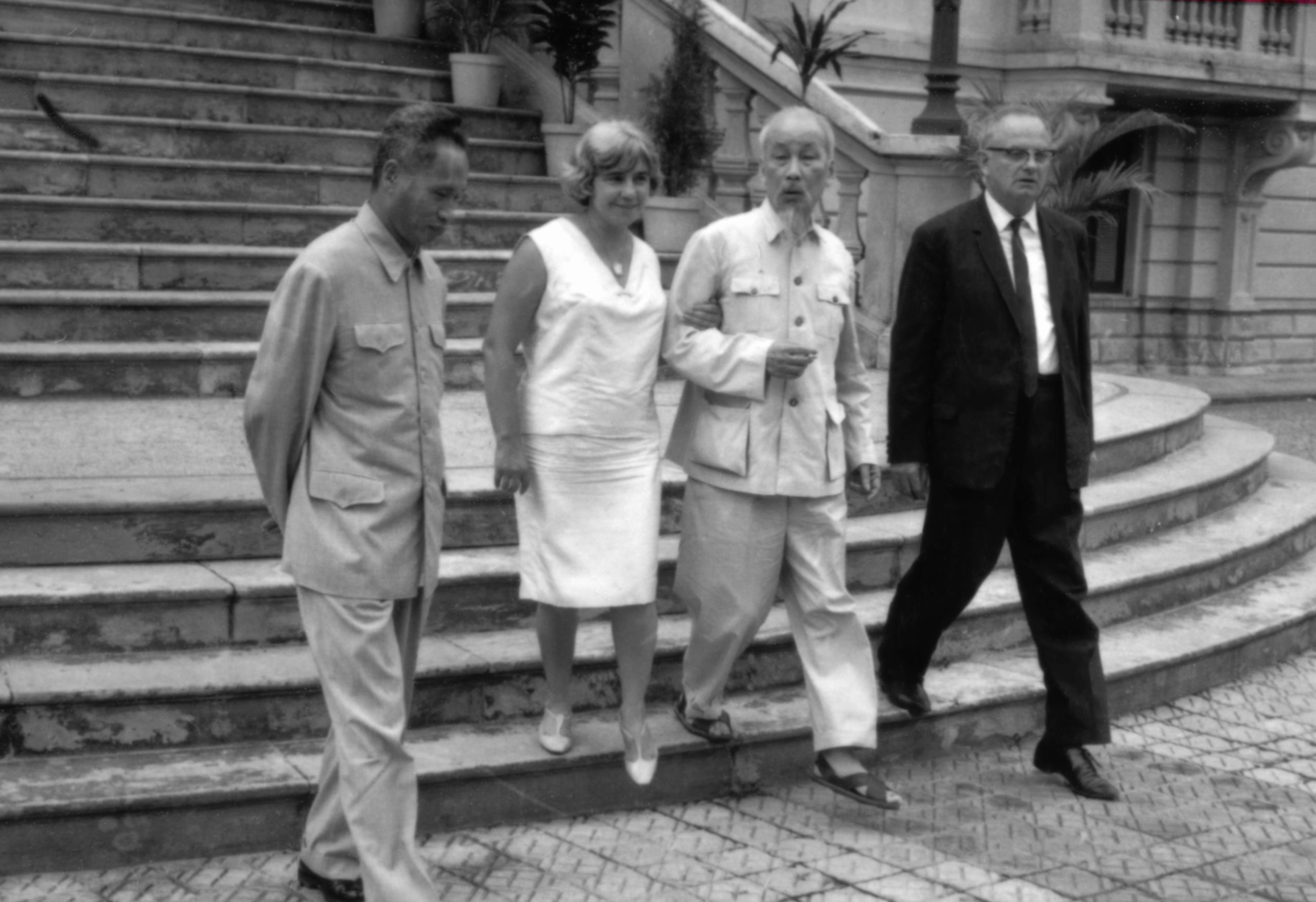
Journalist Wilfred Burchett was born and grew up in the town of Ballarat, more than 100 kilometres from Melbourne, Australia. Starting his career as a journalist at an early age, he became one of the most famous war correspondents and one of the most controversial journalists of the twentieth century. He spent an arduous and dangerous life as a journalist, once considered a traitor to the country and the number one enemy of public opinion.
The turning point in his journalism career began with a secret trip to Hiroshima after the US dropped the first atomic bomb on the city. At that time, he was the only Western reporter to visit Hiroshima with the shocking article entitled 'The Atomic Plague - I Write this as a Warning to the World'. The article was immediately posted as the headline of many major newspapers in the world and became famous, rated as one of the most important journalistic news articles of all time.
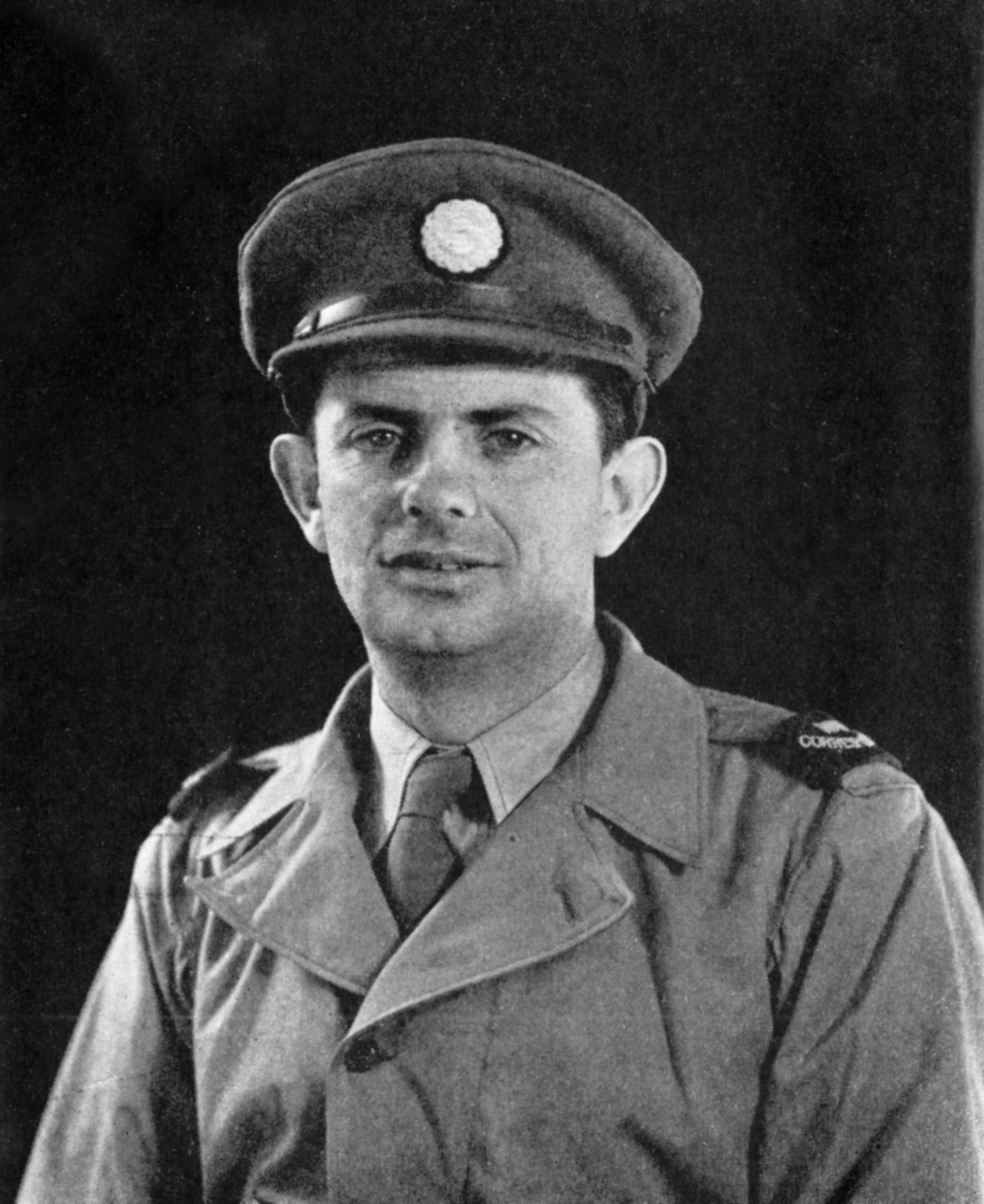
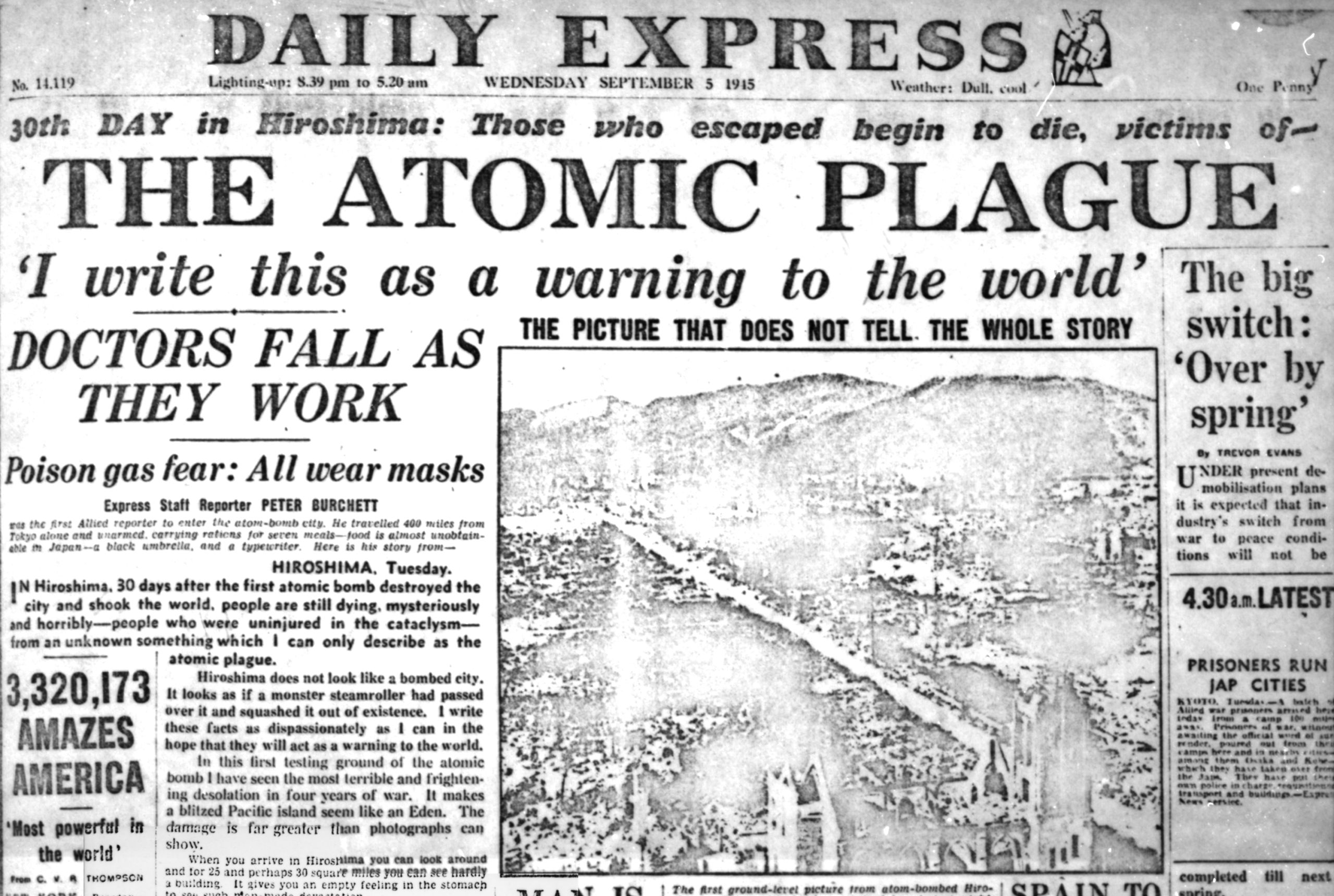
An Article titled ‘Atomic Plague: I write this as a warning to the world’ by Wilfred Burchett, published on the front page of the Daily Express on September 6, 1945.
An Article titled ‘Atomic Plague: I write this as a warning to the world’ by Wilfred Burchett, published on the front page of the Daily Express on September 6, 1945.
During the rest of the time from the Cold War until his passing on September 27, 1983, he travelled to hot war zones in Korea, Vietnam and many other parts of the world to report and reflect fights for independence, freedom, peace and self-determination of the people, against colonial rule, invasion and the enslavement of imperialism.
Journalist Wilfred Burchett supported the Vietnamese people in their fight for independence and national construction starting from his first meeting with President Ho Chi Minh to learn about the war in Vietnam and Indochina in March, 1954 in the Viet Bac war zone.
News of the battle of Dien Bien Phu prompted him to come to Vietnam from North Korea via Beijing, China. On the way, he heard about the battle in Dien Bien Phu. He wondered what the French were doing in Dien Bien Phu.
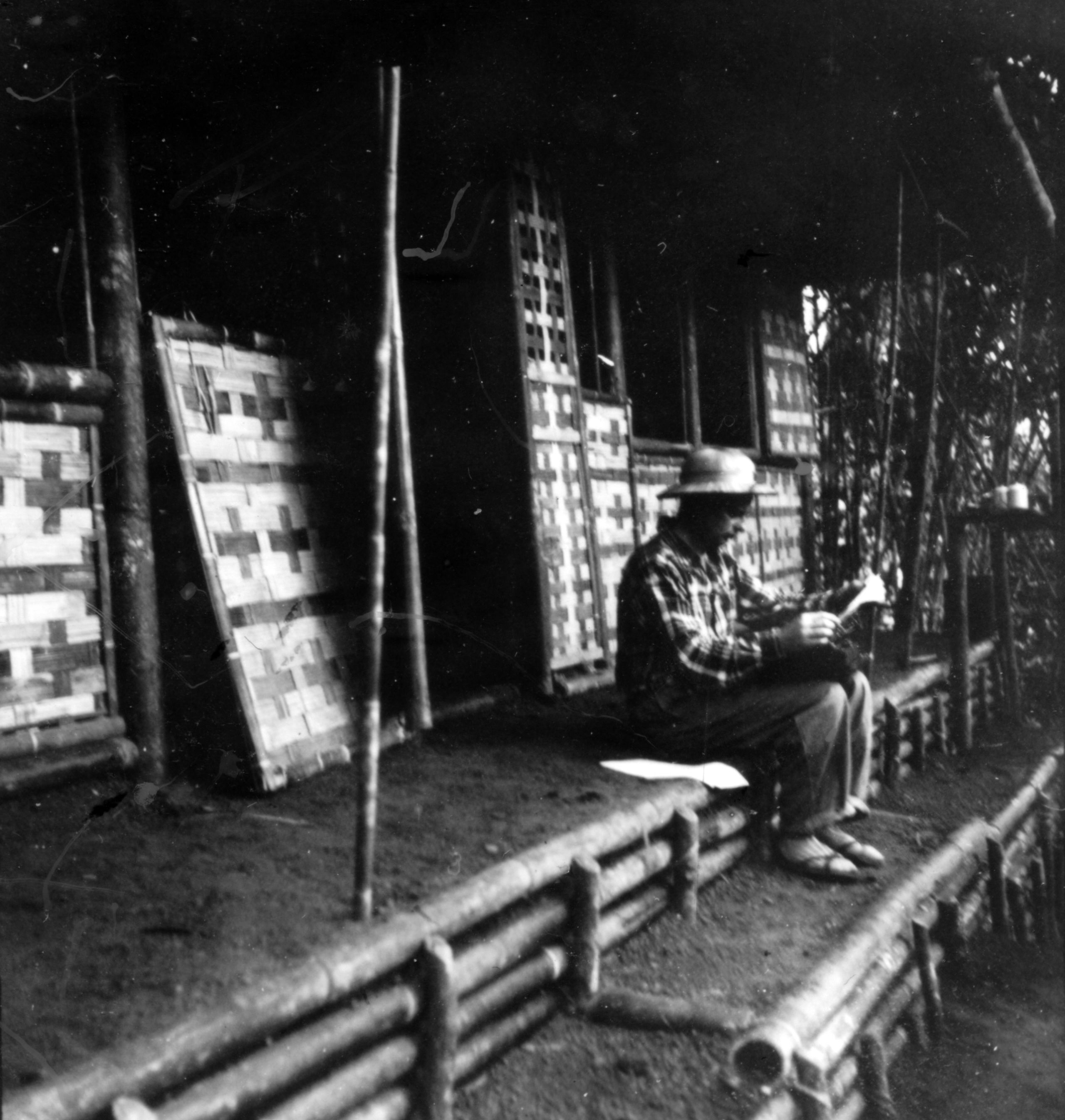
Wilfred Burchett working on a typewriter at Thai Nguyen safety zone. (Photo taken in March 1954)
Wilfred Burchett working on a typewriter at Thai Nguyen safety zone. (Photo taken in March 1954)
Thai Nguyen, the capital of the resistance base, welcomed Western journalist Wilfred Burchett when the Dien Bien Phu campaign had just begun.
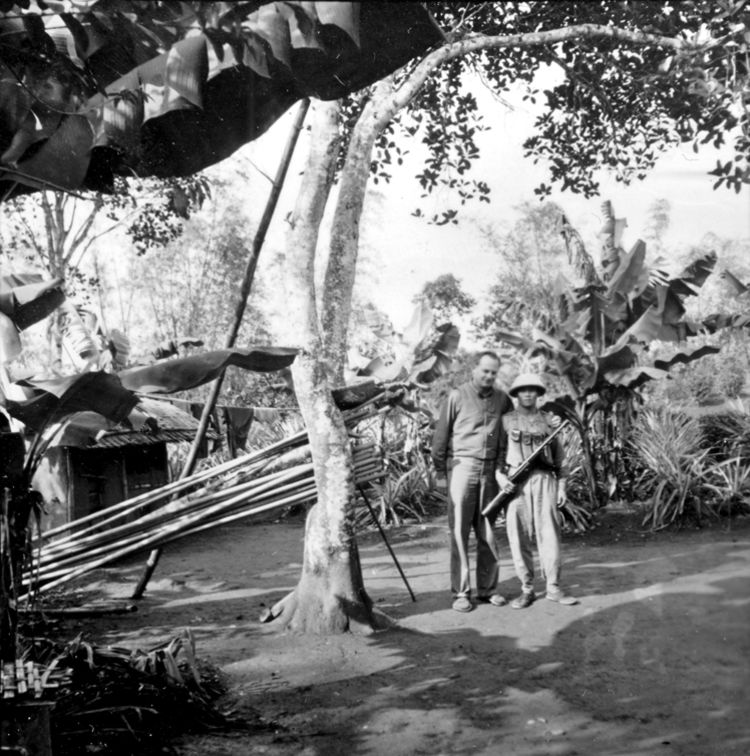
Wilfred Burchett and a Vietnamese soldier at the Thai Nguyen Safety Zone. (Photo taken in March 1954)
Wilfred Burchett and a Vietnamese soldier at the Thai Nguyen Safety Zone. (Photo taken in March 1954)
President Ho Chi Minh told him about the Vietnamese people’s resistance against the French. When he told him about the situation of Dien Bien Phu, he took the hat he was wearing on his head, turned it upside down, and pointed his finger around the brim of the hat and said:
Listening to Uncle Ho’s explanations, journalist Burchett further strengthened his belief in a victory for the Vietnamese people at Dien Bien Phu.
During that time, he met a number of Vietnamese leaders, visited several places where they were doing logistical work and reported on the Dien Bien Phu battle.
Wilfred Burchett’s first book about Vietnam, titled “North of the Seventeenth Parallel”, was printed in Hanoi in 1955 (Excerpt from the ‘Truth Seeker’ documentary by director- journalist Nguyen Van Vinh)
Wilfred Burchett’s first book about Vietnam, titled “North of the Seventeenth Parallel”, was printed in Hanoi in 1955 (Excerpt from the ‘Truth Seeker’ documentary by director- journalist Nguyen Van Vinh)
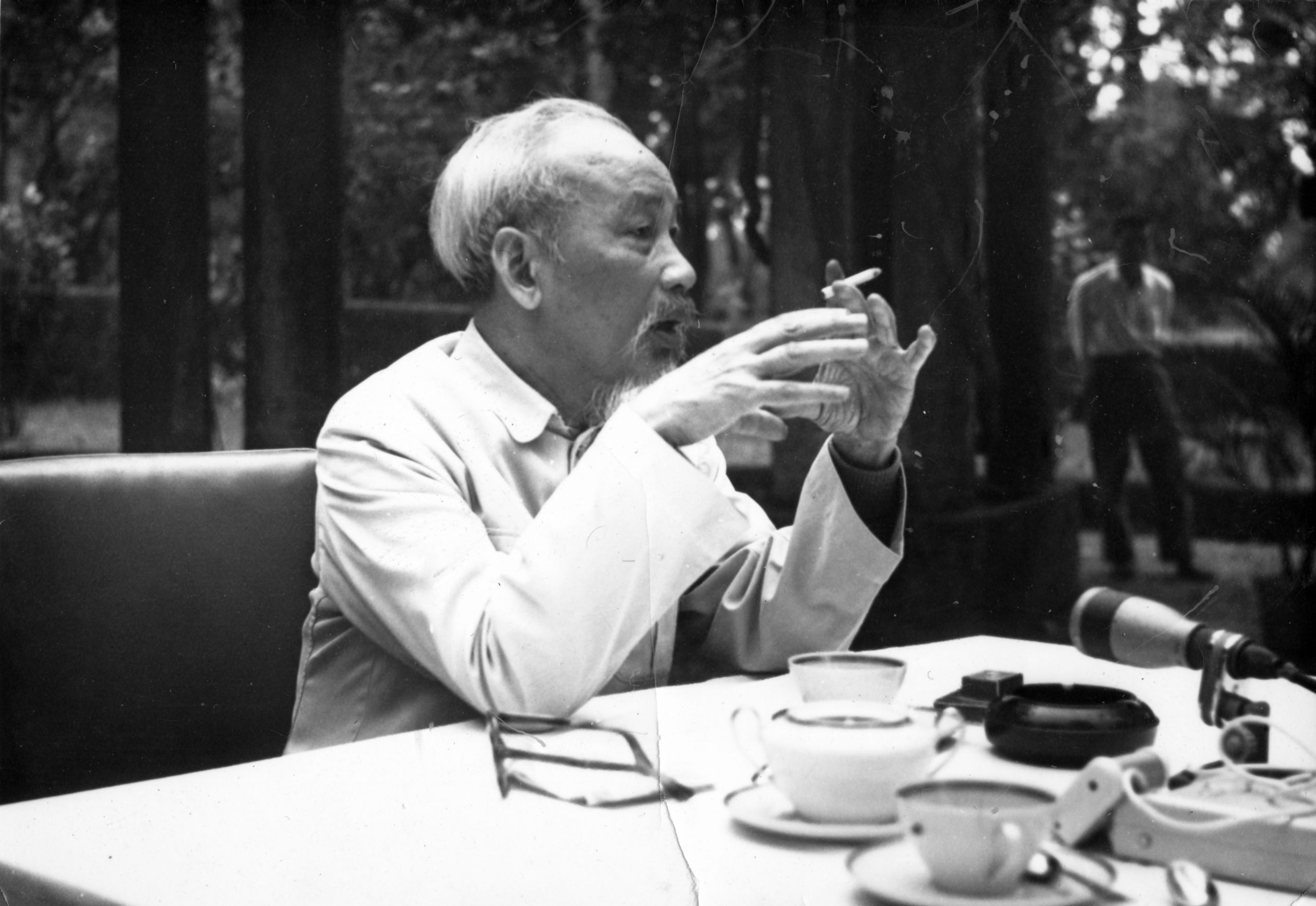
In early April 1954, Burchett arrived in Geneva, Switzerland. The Dien Bien Phu campaign ended in great success. He closely followed the conference to report and regularly interacted with the Vietnamese delegation. He witnessed the signing of the Geneva Agreement on July 20, 1954 and then returned to Hanoi. He was one of the first foreign journalists to accompany units of the Vietnamese People’s Army who took over the capital on October 10, 1954.
In early 1955, Burchett and his family moved from Beijing (China) to live in Hanoi. He travelled to many places, from the high mountains and the sea to the 17th parallel to write reports on the first stage of building socialism in peace in North Vietnam.
During these years, Burchett gradually became attached and had a deep affection for Vietnam. He loved the country, its people, its leaders and also his friends: President Ho Chi Minh, Prime Minister Pham Van Dong, General Vo Nguyen Giap, Chairman of the National Liberation Front Nguyen Huu Tho and many others.
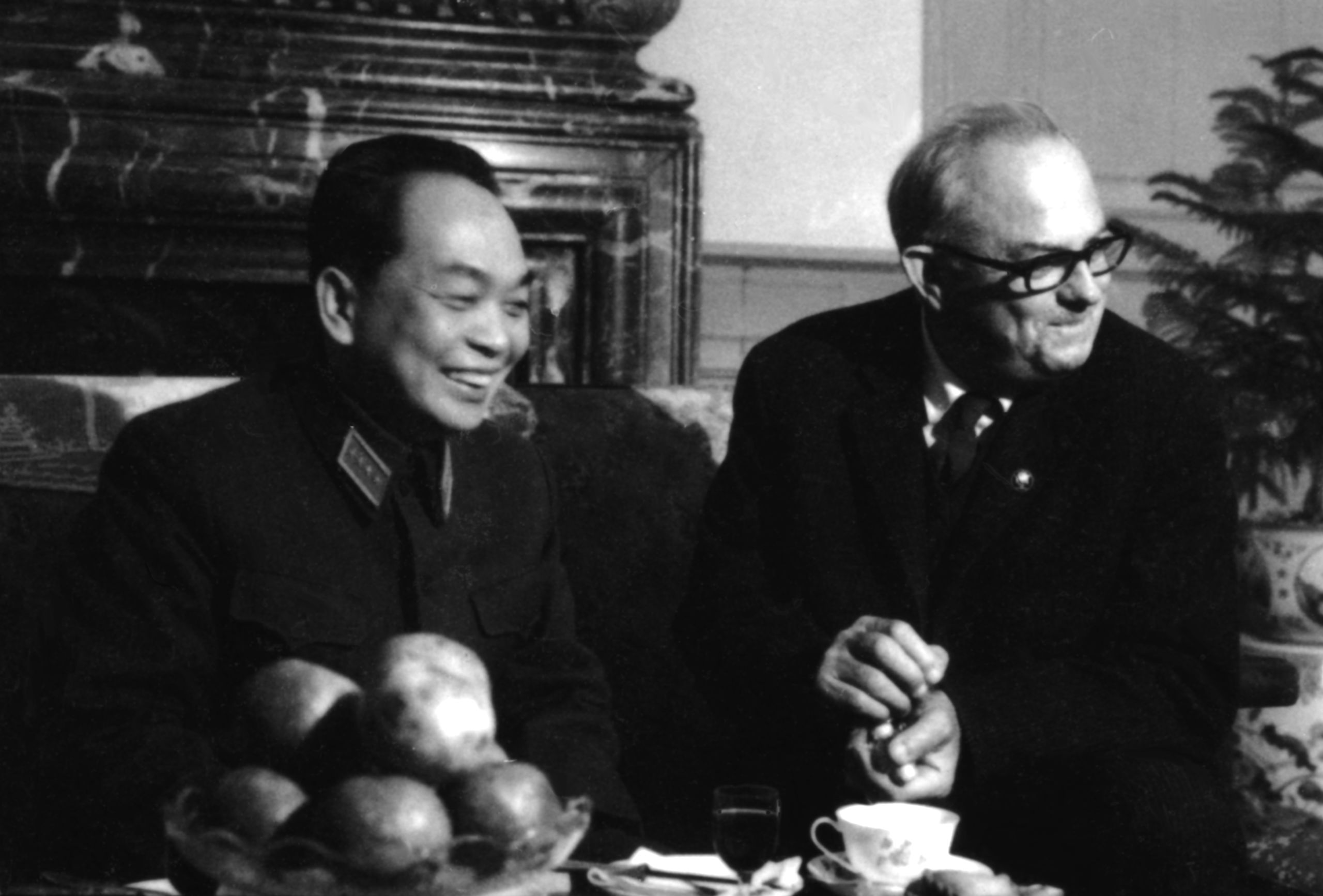
Wilfred Burchett and General Vo Nguyen Giap.
Wilfred Burchett and General Vo Nguyen Giap.
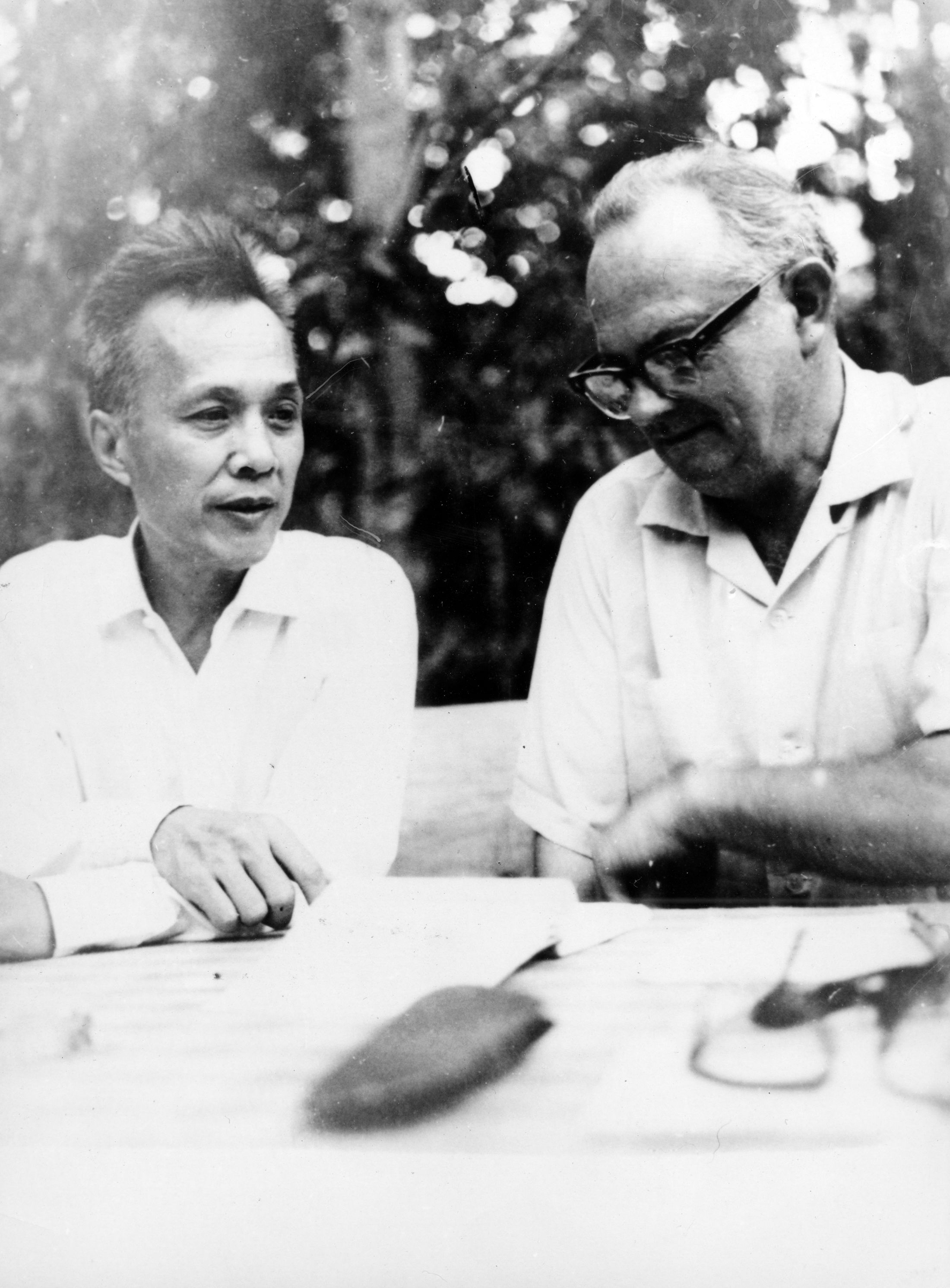
Wilfred Burchett and Chairman of the National Liberation Front for South Vietnam, Nguyen Huu Tho.
Wilfred Burchett and Chairman of the National Liberation Front for South Vietnam, Nguyen Huu Tho.
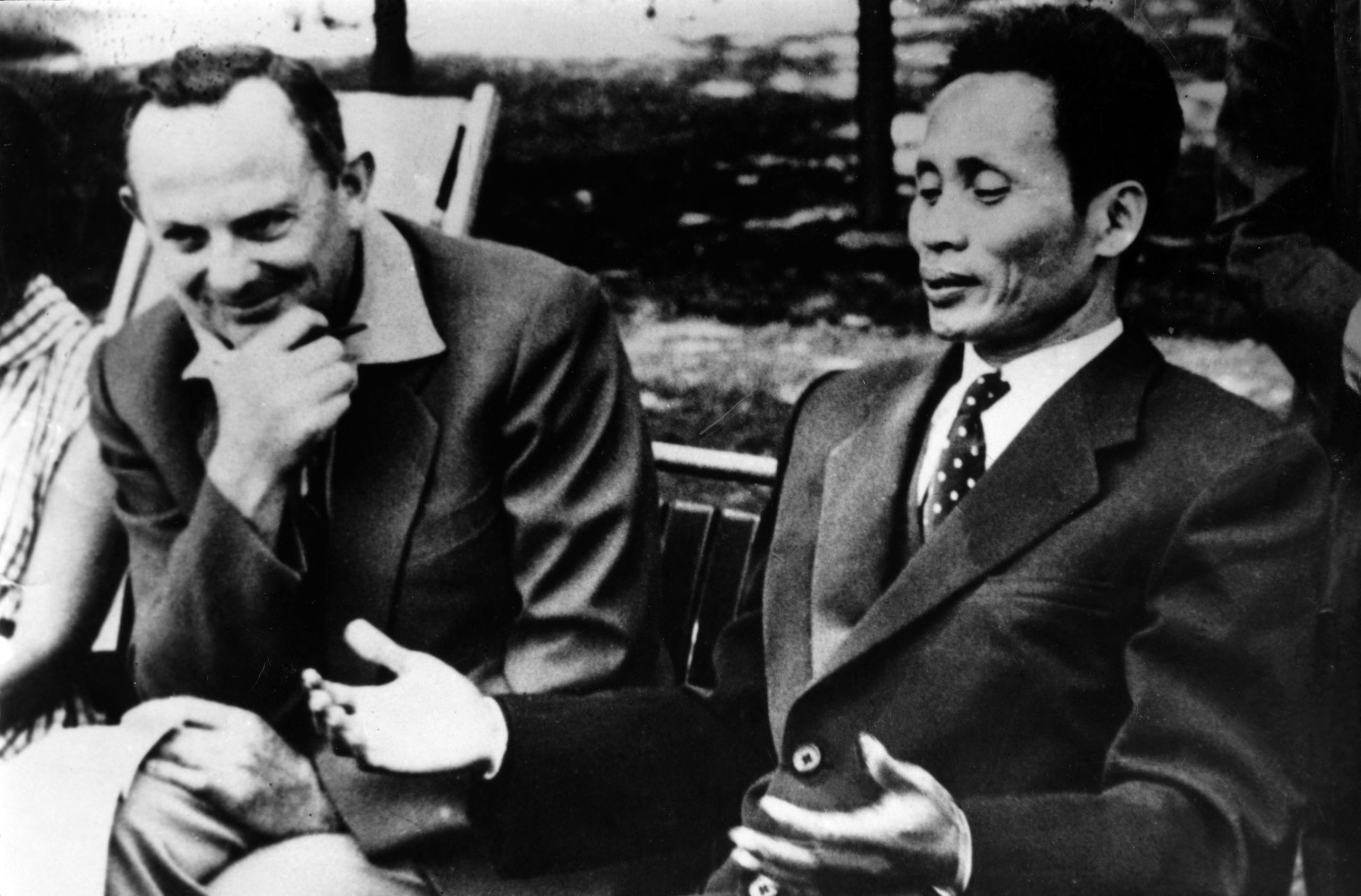
Wilfred Burchett and Prime Minister Pham Van Dong.
Wilfred Burchett and Prime Minister Pham Van Dong.
In 1957, when the Cold War became more intense, the Burchett family moved to Moscow, the Soviet Union. As a contributor to the Daily Express and the Financial Times, he wrote about the construction of socialism in the Soviet Union and Eastern European countries, reflecting the confrontation between communism and capitalism.
In the spring of 1962, sensing the new developments in Indochina and Vietnam, Burchett returned to Hanoi to meet President Ho Chi Minh and other Vietnamese leaders. He wanted to see with his own eyes what was happening and see everything regarding the newly formed National Liberation Front for South Vietnam (December 20, 1960).
Wilfred Burchett returned to Hanoi to meet President Ho Chi Minh and other Vietnamese leaders in the spring of 1962. (Excerpt from the ‘Truth Seeker’ documentary by director- journalist Nguyen Van Vinh)
Wilfred Burchett returned to Hanoi to meet President Ho Chi Minh and other Vietnamese leaders in the spring of 1962. (Excerpt from the ‘Truth Seeker’ documentary by director- journalist Nguyen Van Vinh)
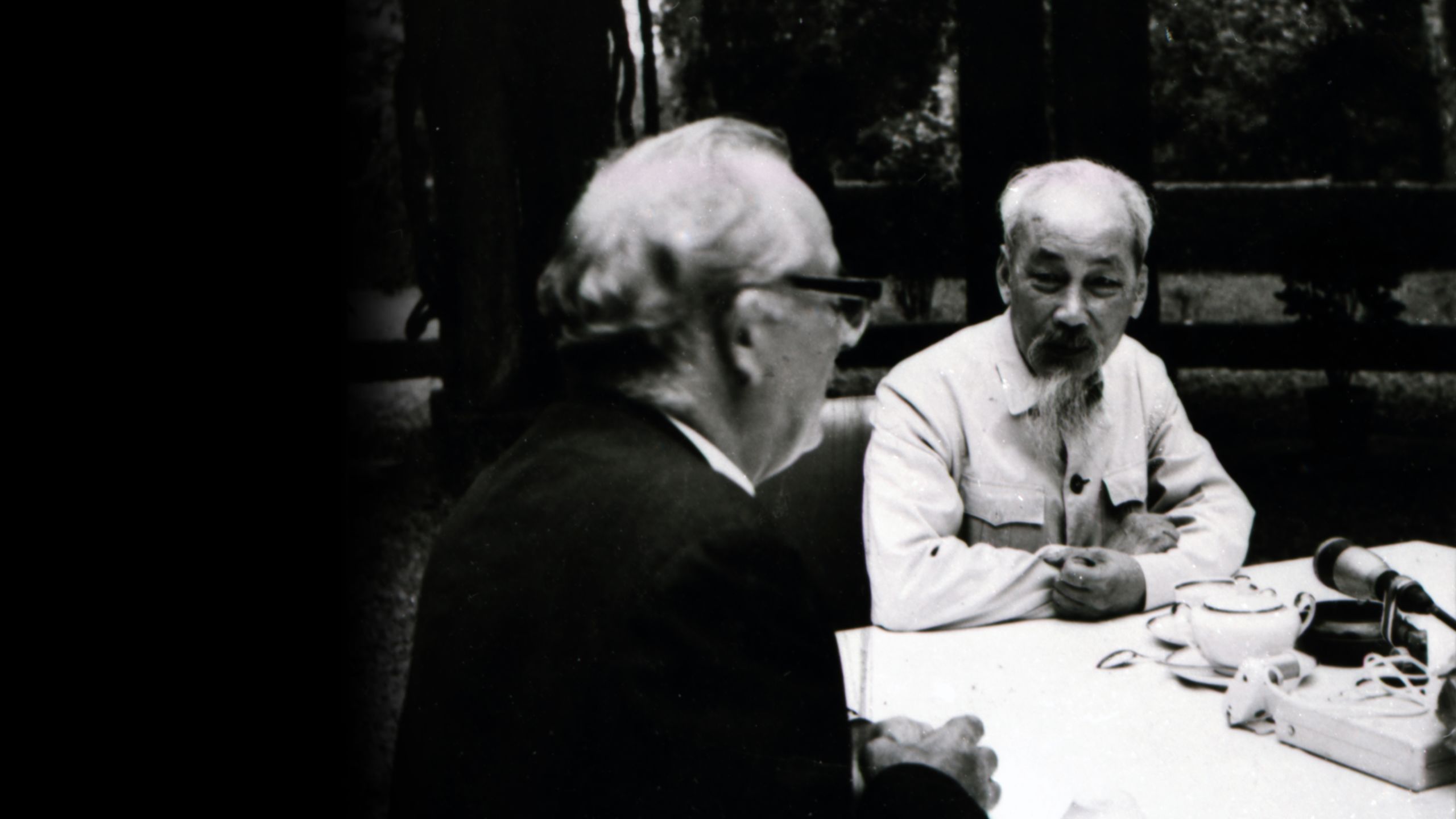
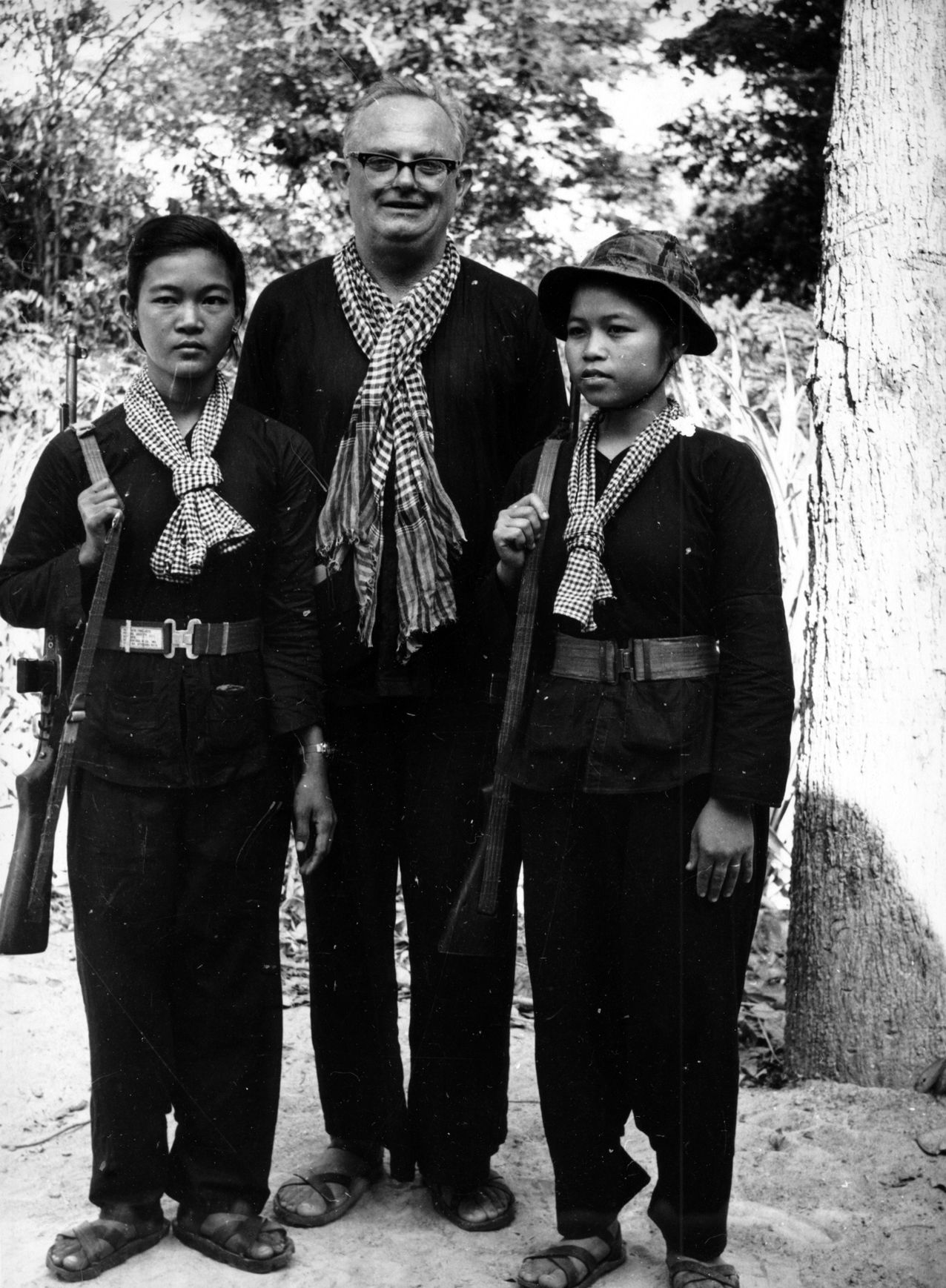
Wilfred Burchett is greeted as a great friend of Vietnam
Wilfred Burchett is greeted as a great friend of Vietnam
Burchett became the first Western journalist to visit the liberated zone of South Vietnam. In nearly six months, from October 1963 to March 1964, he visited the Central Highlands, Cu Chi, the periphery of Saigon and the Mekong Delta.
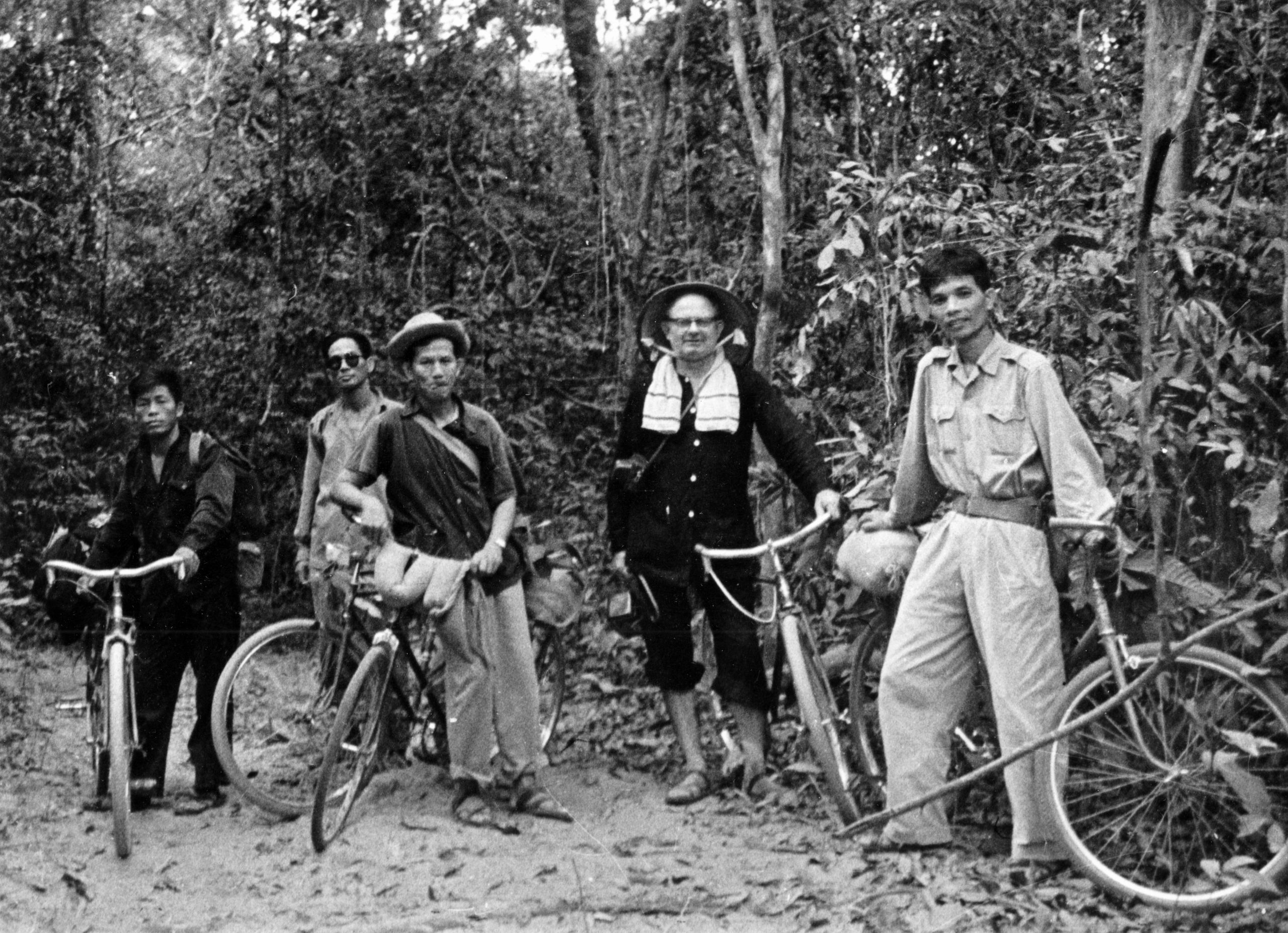
Wilfred Burchett and Vietnamese communist soldiers.
Wilfred Burchett and Vietnamese communist soldiers.
In December 1964, he joined French journalist Madeleine Riffaud to visit the liberated zone for the second time to make a documentary on the lives and struggles of people in South Vietnam living in the area controlled by the National Liberation Front for South Vietnam. After this trip, his book ‘Vietnam: Inside Story of the Guerrilla War’ was published in New York in 1965 and became a bestseller in the US and around the world.
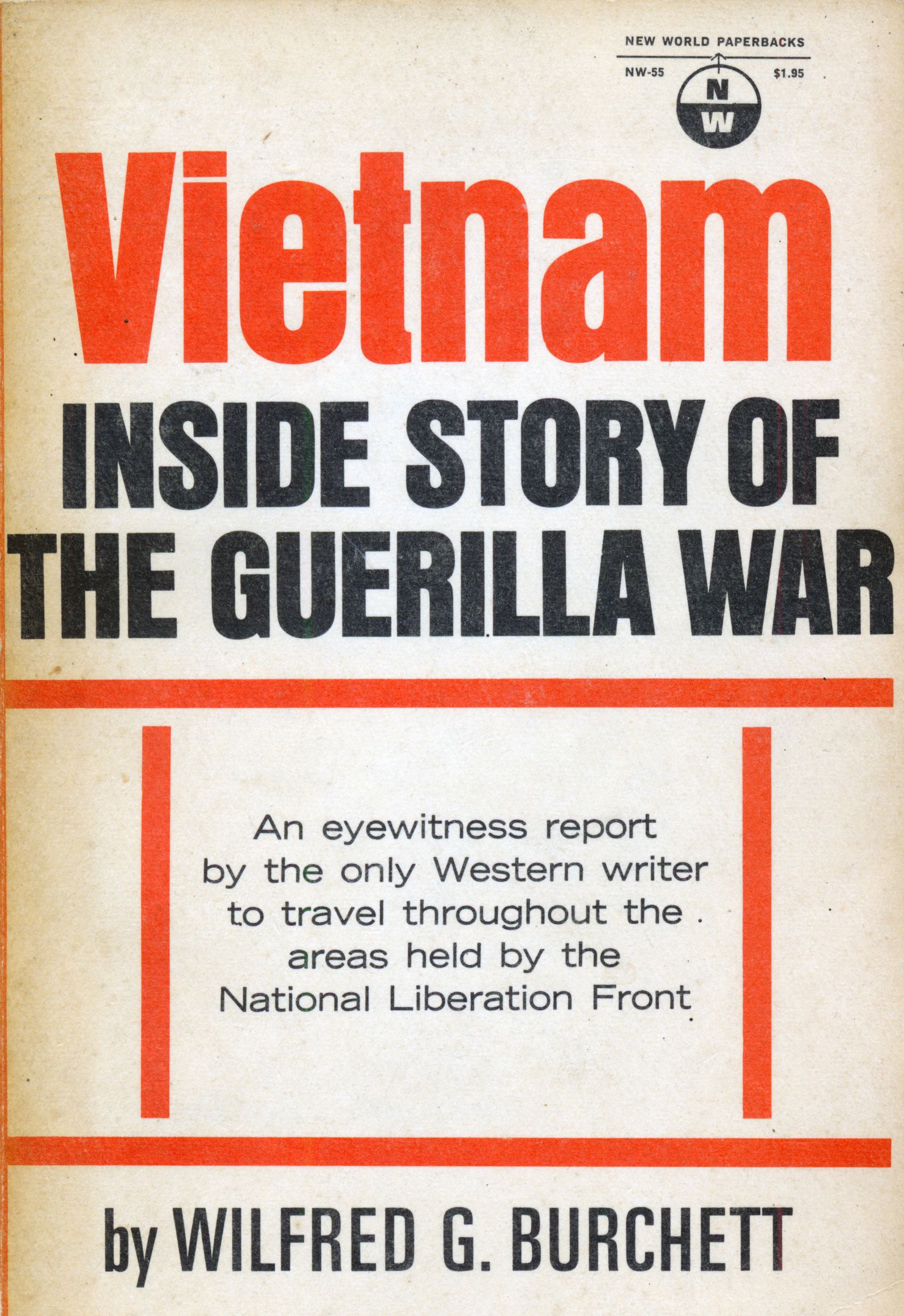
The book provided the public in the US and Western countries a look at the true nature of the war in Vietnam, affirming the National Liberation Front for South Vietnam as a legitimate patriotic organisation widely recognised and supported by the people in the South of Vietnam.
On March 8, 1965, the first US marines came ashore at Da Nang, opening a period of warfare in South Vietnam and Operation Rolling Thunder - an aerial bombardment campaign in North Vietnam. Burchett noticed that the US government began to escalate its war in Vietnam in order to stamp out Vietnamese people's struggle for independence and reunification.
Therefore, in 1965, Burchett decided to move his family from Moscow to Phnom Penh (Cambodia), so that he could easily visit both North and South Vietnam to observe and report on the situation in Vietnam.
While living and working in the liberated zone of South Vietnam, Burchett dressed in the popular dress shirt of Vietnamese people and joined liberation soldiers at the front to produce articles, photos and videos about the fierce war of the Vietnamese people against the US, contributing to alerting American and international opinion to the Vietnam war.
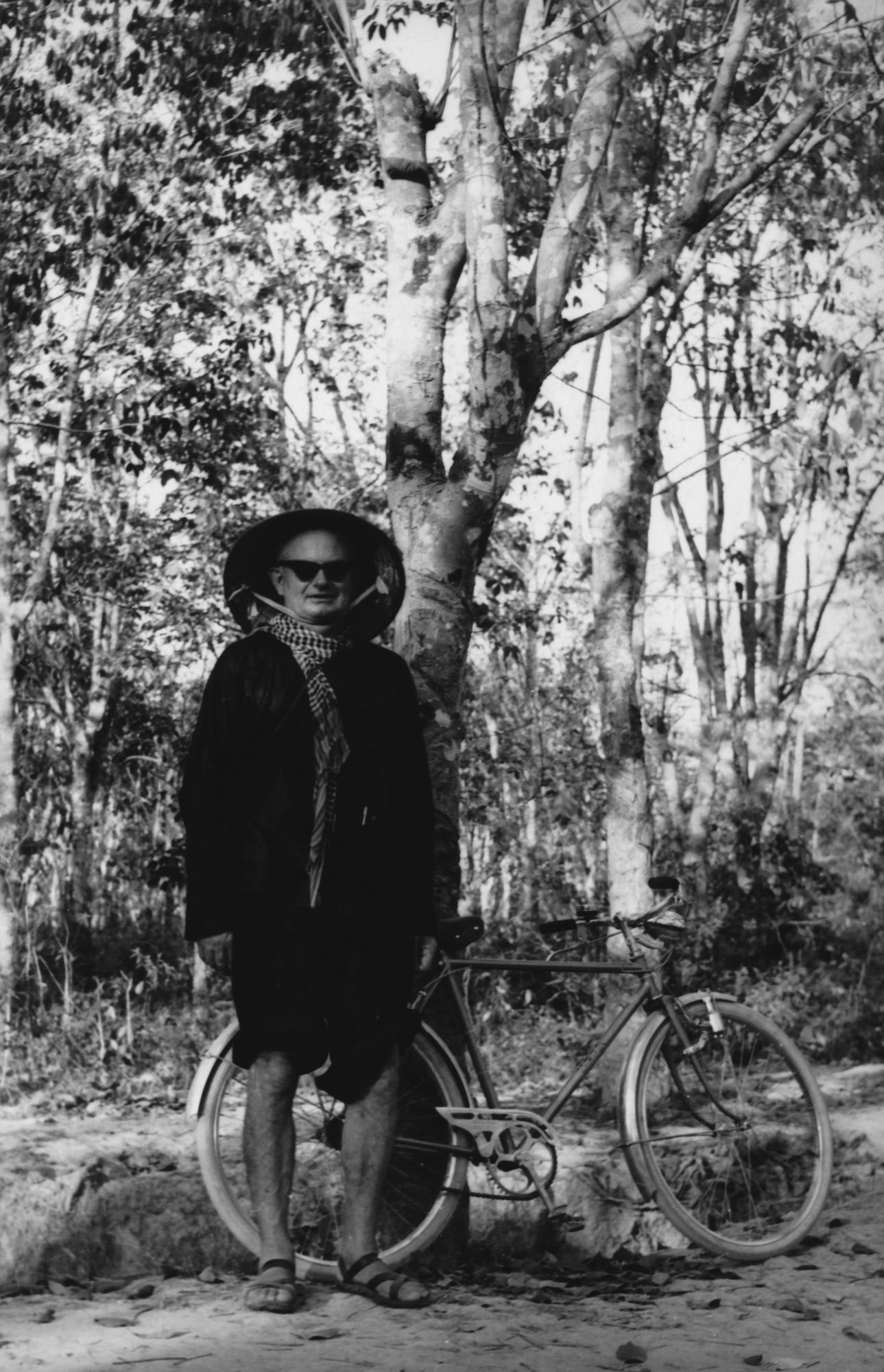
Burchett lived in Tay Ninh for two months at the revolutionary base of the Party's Central Office for South Vietnam and the National Liberation Front for the South Vietnam. From there, he visited Cu Chi, and lived in narrow tunnels with the guerrillas, just 70 km from Saigon.
From the 200-km long tunnel network, he witnessed and wrote many articles about the life and battles of the troops and people in Cu Chi, dubbed as “the land of steel” as well as their sacrifices and losses.
Today, people in Cu Chi still keep in mind the beautiful pictures and memories of the meeting between journalist Burchett and Cu Chi guerrillas, reflected in a bas-relief featuring Burchett reporting in the liberated zone and the tunnel network. Later, Burchett also visited the liberated area of South Vietnam twice more, in November 1965 and August 1966.
Wilfred Burchett was the first Western journalist to visit the headquarters of the Vietnamese resistance forces. (Excerpt from the ‘Truth Seeker’ documentary by director- journalist Nguyen Van Vinh)
Wilfred Burchett was the first Western journalist to visit the headquarters of the Vietnamese resistance forces. (Excerpt from the ‘Truth Seeker’ documentary by director- journalist Nguyen Van Vinh)
As the US escalated the naval air war in North Vietnam, Burchett visited Vietnam many times with film crews and international press, including a trip with American journalist Harrison Salisbury of The New York Times. He joined French filmmakers and produced a documentary film entitled ‘North Vietnam - Life under Bombs'.
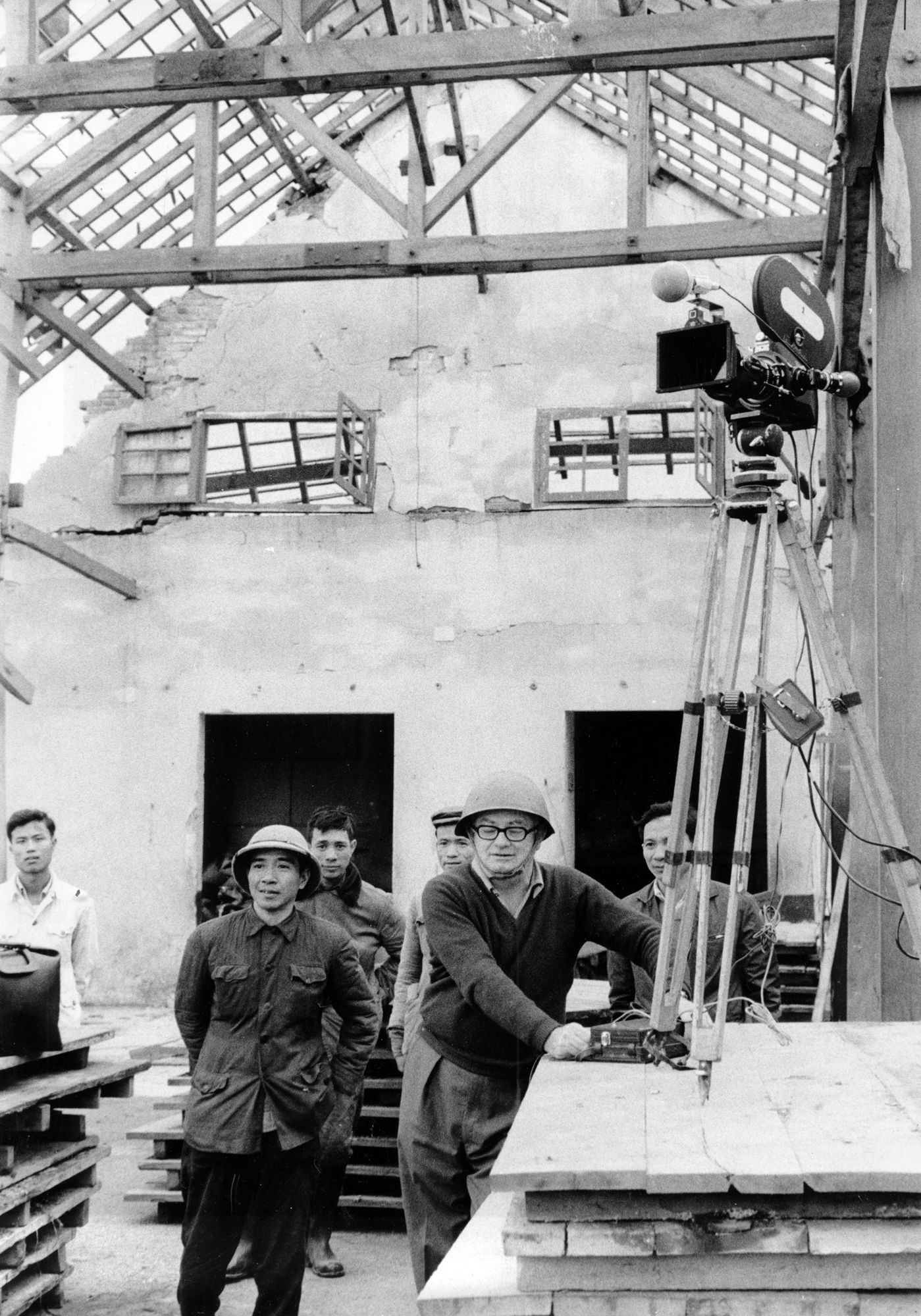
Wilfred Burchett preparing for filming (Photo taken in 1966)
Wilfred Burchett preparing for filming (Photo taken in 1966)
The European and American public rarely saw images of the fierce bombing raids, which aimed to “bomb North Vietnam to the Stone Age”, as well as the resilience of the Vietnamese people against the bombardment campaign.
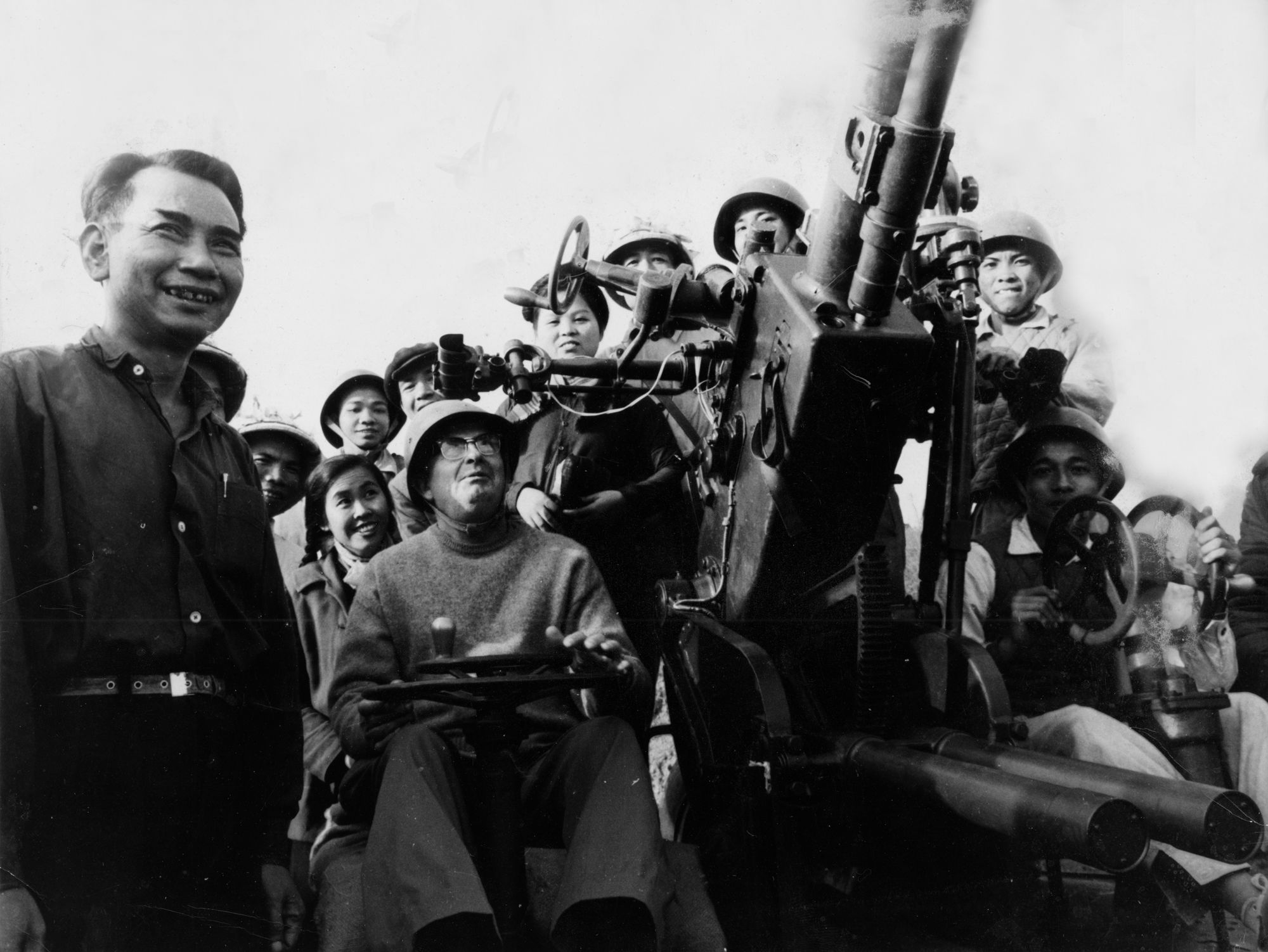
Wilfred Burchett in a group photo with Vietnamese artillery
Wilfred Burchett in a group photo with Vietnamese artillery
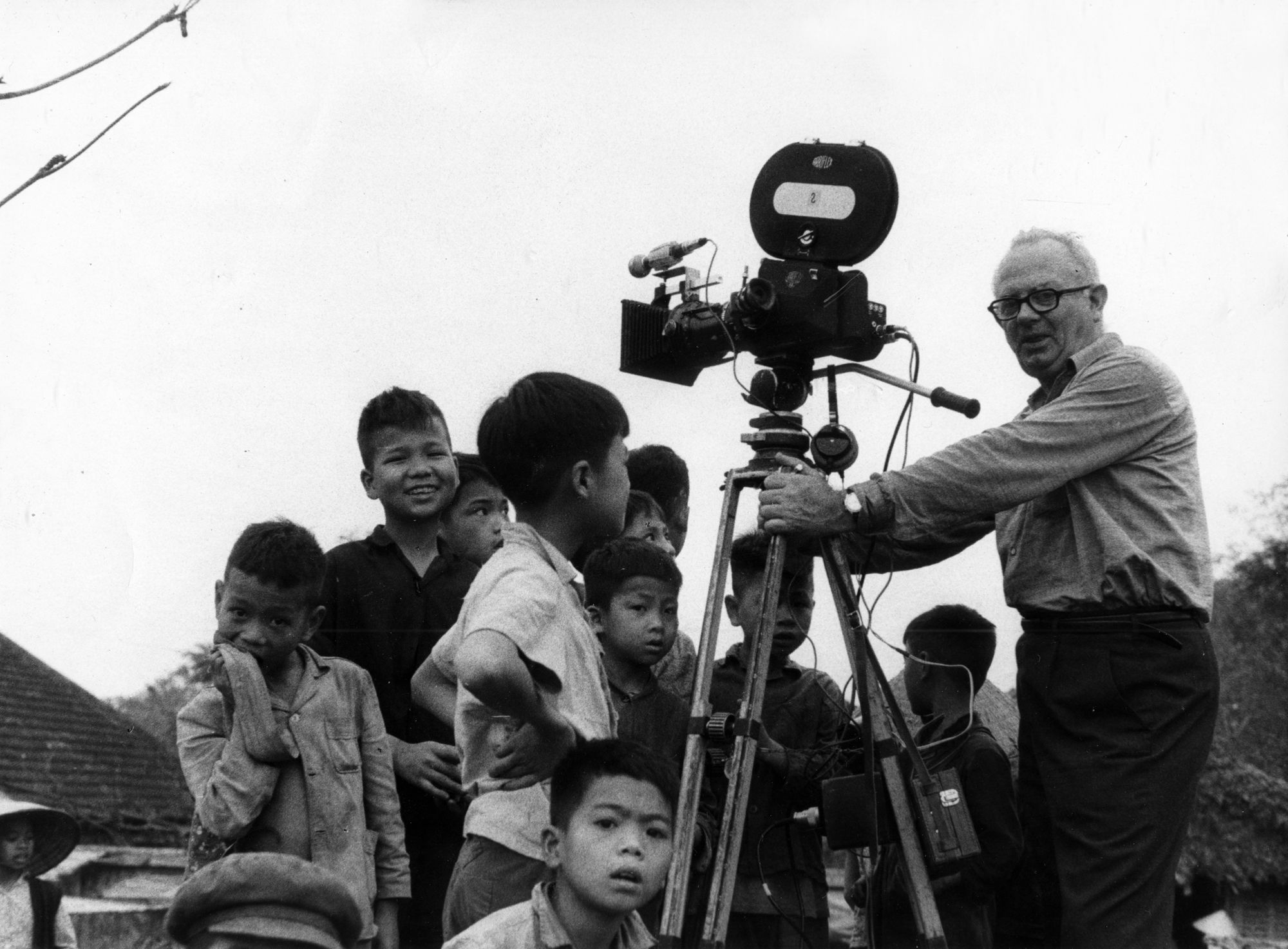
In 1968 he published a book titled ‘Vietnam will win’ in New York as his prophecy for the 1975 Spring Victory of the Vietnamese people.
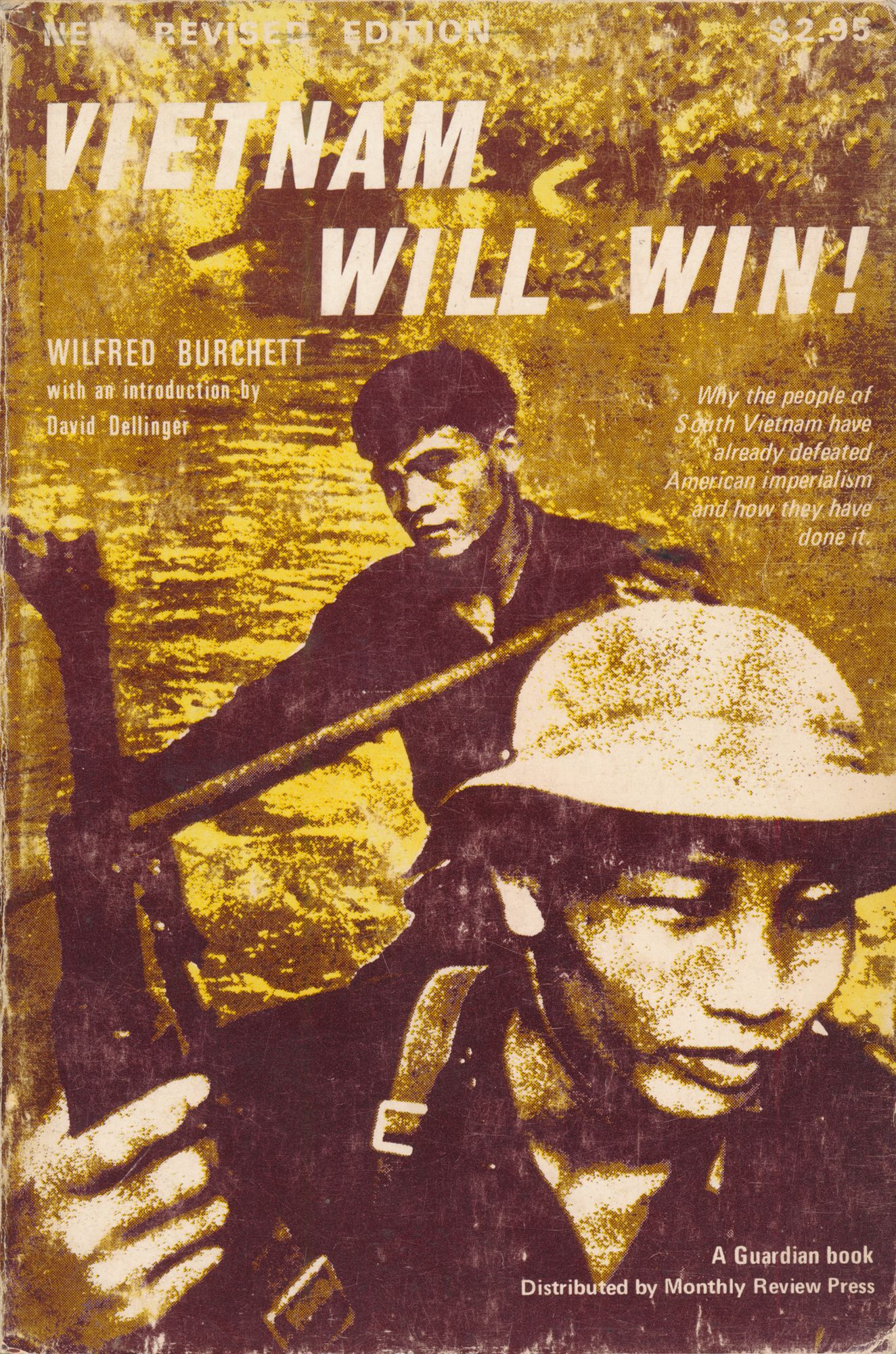
When arduous negotiations were taking place in Paris to restore peace to Vietnam, Burchett moved his family from Cambodia to Paris to facilitate his coverage on this conference from May to June 1969.
After the Paris Agreement was signed, he went to Hanoi to witness the scene of people celebrating their lunar New Year Festival (Tet) in a peaceful atmosphere in the spring of 1973.
Two years later, in the summer of 1975, he spent two months traveling across the country to admire the fresh, peaceful and unified Vietnam.
It can be said without exaggeration that, among the many international war correspondents during the Vietnam War, Wilfred Burchett was the luckiest person to be able to visit and report on both the North and the South and on the turning-points of the war.
In 1981, he and the American film crew PBS made the 13-episode documentary entitled ‘Vietnam: A Television History’.
The film is one of his last contributions which help world public better understand the Vietnamese people and their national struggles for national construction and peace.
His contributions to this film have been highly lauded.
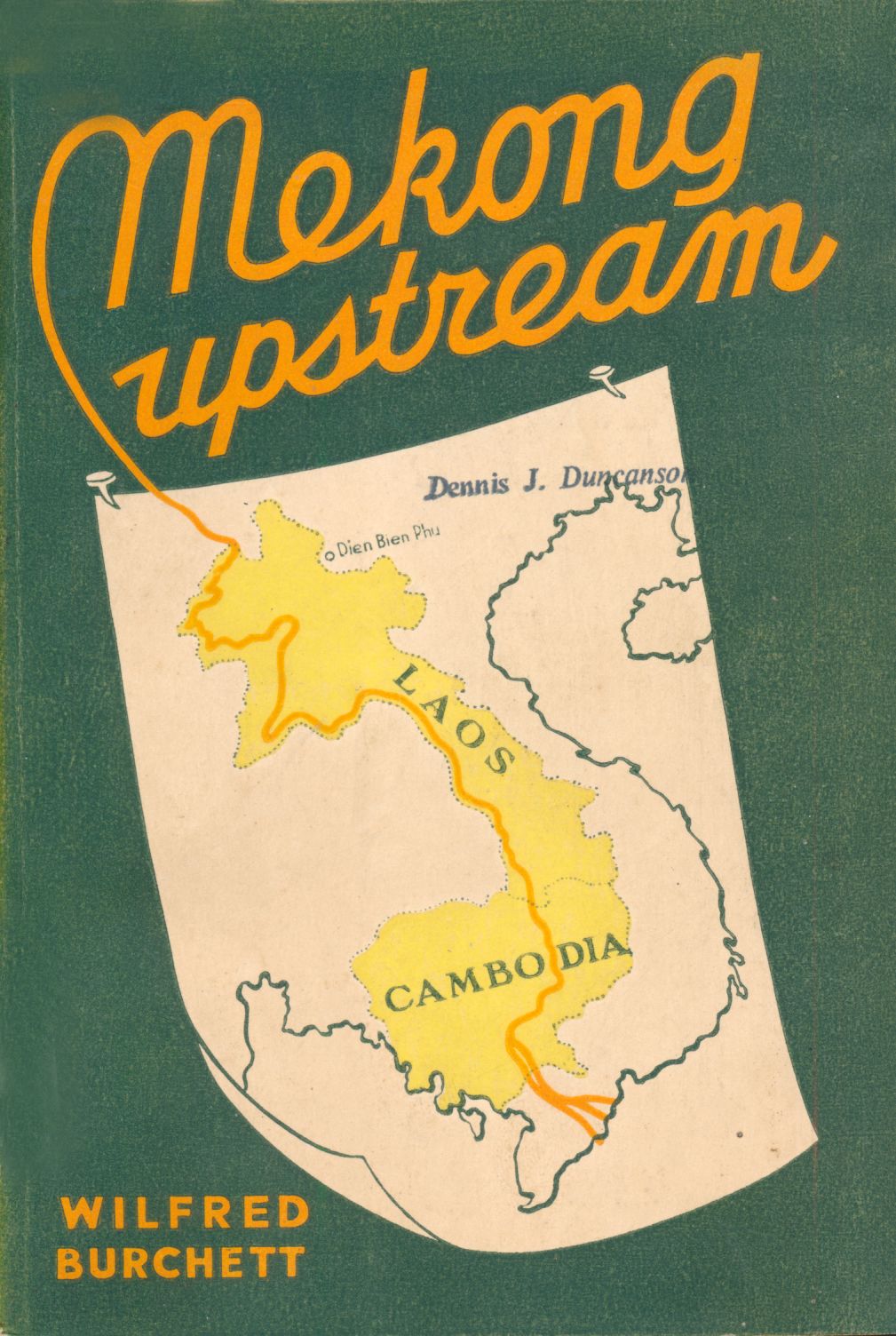
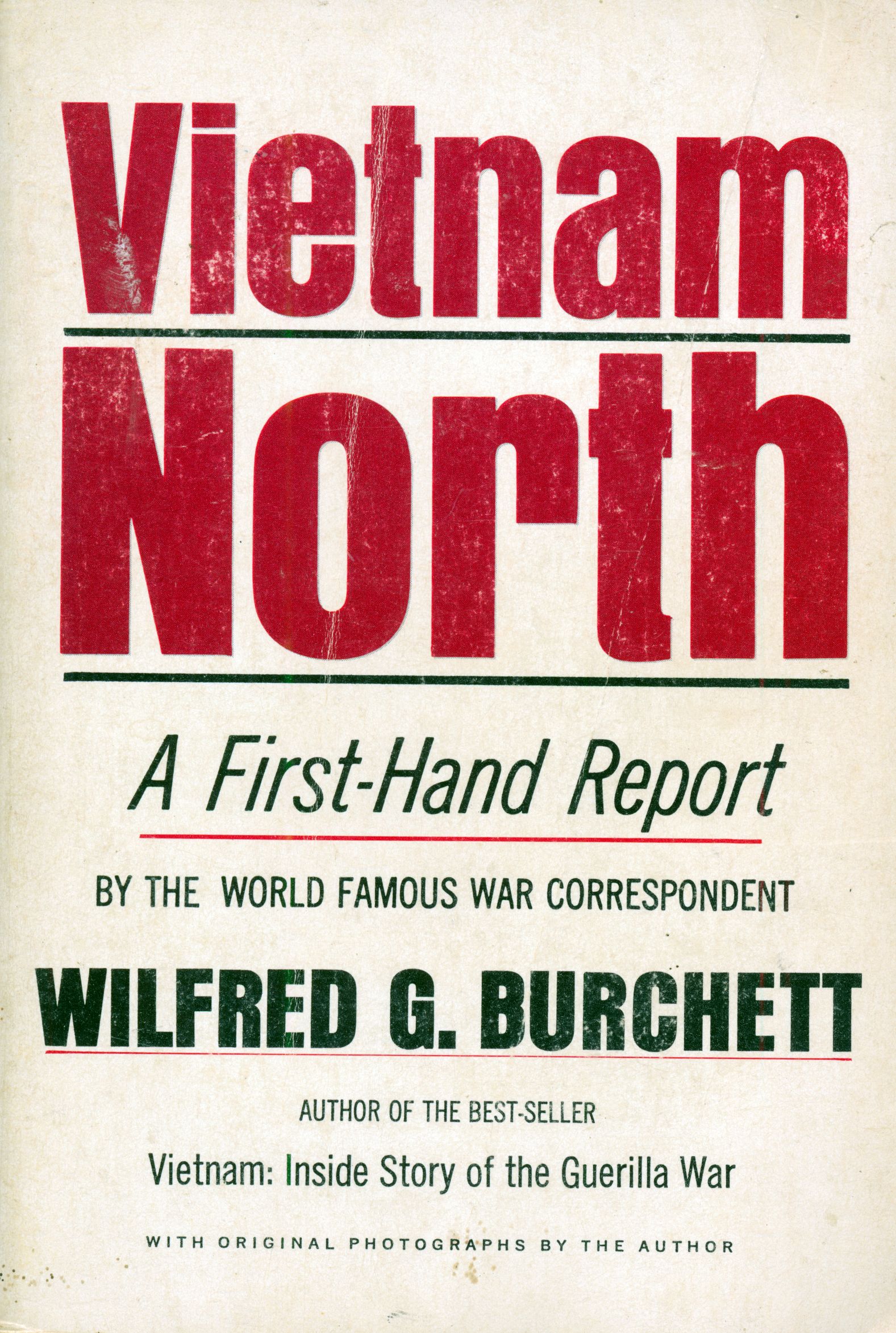
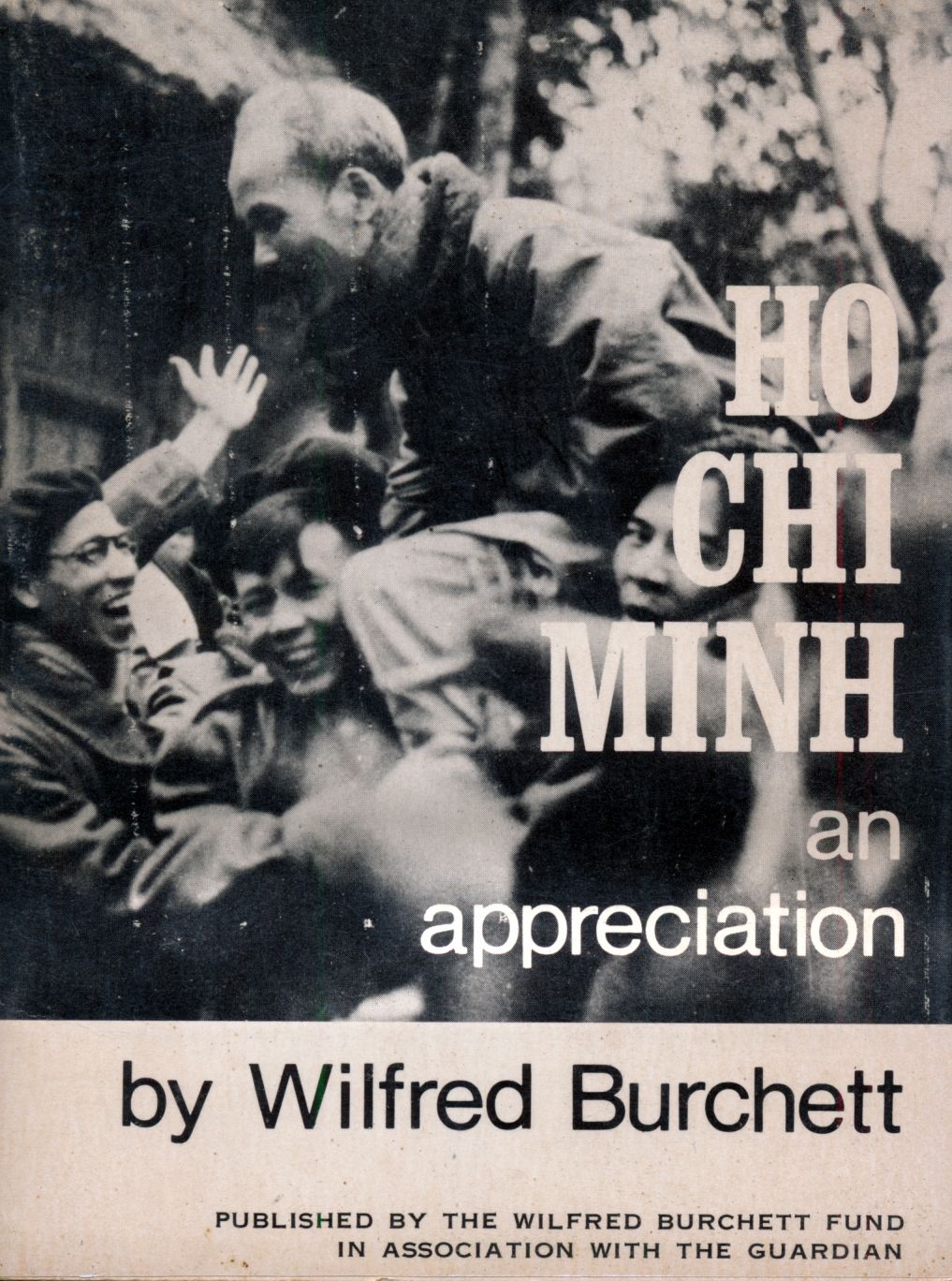
Burchett penned more than 30 books, translated into many languages, printed and published in many countries, as well as thousands of photos, articles, reports and documentaries. Of which, ‘Vietnam’ is an essential part of his work. He is truly a great friend of the Vietnamese people.
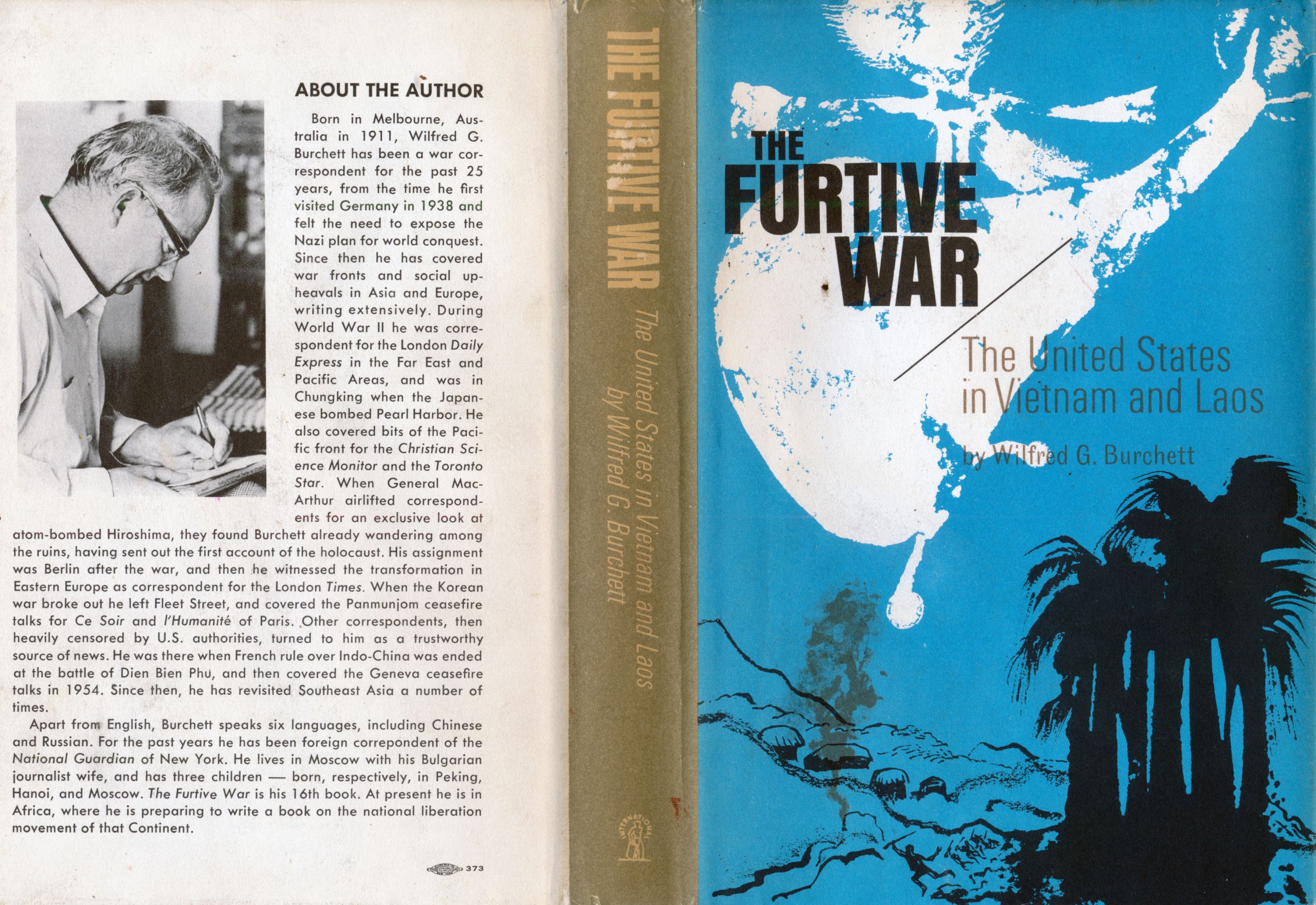
Born in Australia, Wilfred Burchett traveled, lived and worked as a journalist in many parts of the world. His engagement and commitment to journalism was partly rewarded in 2014 when he was honoured as one of the most important journalists, who had a great influence on the world through journalism.
Wilfred Burchett's journalism career will live forever with the Vietnamese people, together with his aspiration for peace, freedom and democracy in the world today.
The 30-year journalistic career of Wilfred Burchett during the Vietnamese people’s struggle for national liberation. (Excerpt from the ‘Truth Seeker’ documentary by director-journalist Nguyen Van Vinh)
The 30-year journalistic career of Wilfred Burchett during the Vietnamese people’s struggle for national liberation. (Excerpt from the ‘Truth Seeker’ documentary by director-journalist Nguyen Van Vinh)
Content: Nguyen Van Vinh
Translation: Khanh Binh, Thu Hang
Photo courtesy of George Burchett, son of Wilfred Burchett.
